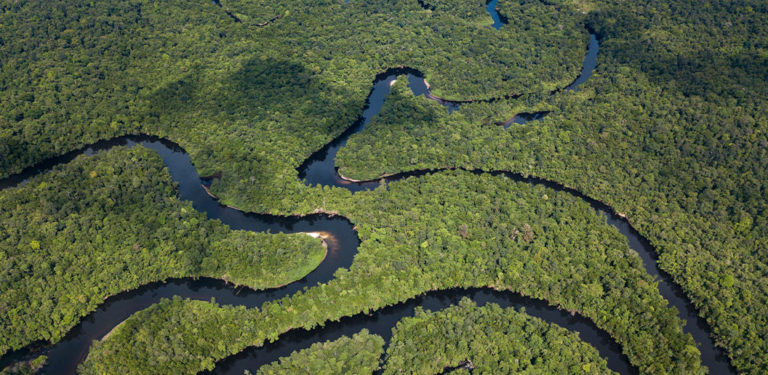There are few places left in Southeast Asia where the rainforest still breathes at its own ancient tempo—untamed, cathedral-high, and astonishingly alive. Cardamom National Park, part of the vast Cardamom Mountains in southwestern Cambodia, is one of them: a living sanctuary where monsoon forest meets mangrove delta, where rivers braid down to the Gulf of Thailand, and where the continent’s great wildlife still slips between shadow and leaf. It is a conservation triumph—and for the thoughtful traveler, a rare invitation to encounter wilderness that feels both epic and intimate, with the kind of authenticity luxury can’t fake.
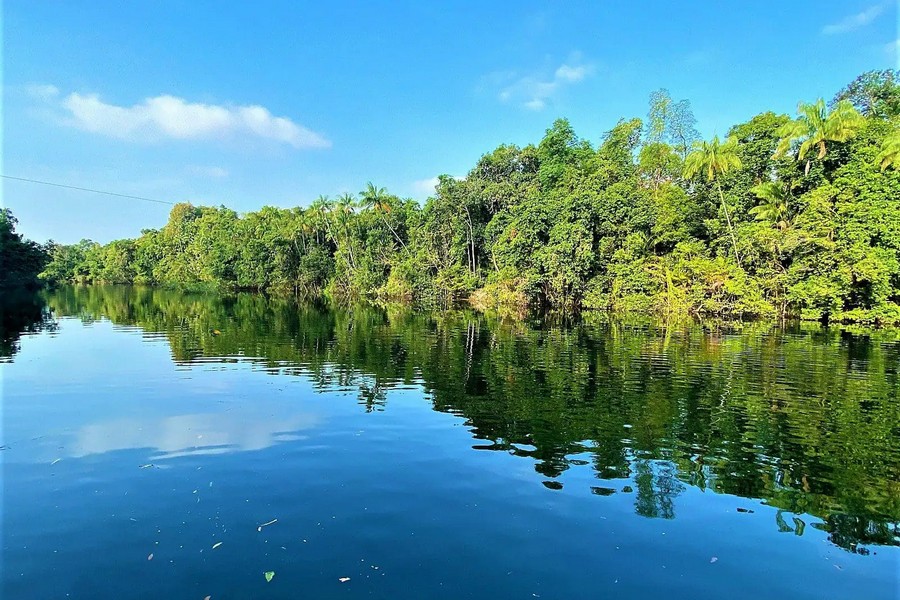
Where It Sits—and Why That Matters
Straddling the provinces of Koh Kong, Pursat, and Kampong Speu, the Cardamoms press up against Thailand’s border in a spine of rugged mountains and remote valleys. Geography has been kind here: the range feeds a lattice of rivers and estuaries that sustain Cambodia’s most critical watershed, refreshed by generous rainfall that can top 3,500–4,500 mm a year. The result is a mosaic of habitats—dense evergreen rainforest, melaleuca wetlands, mangrove forests and river corridors—stitched into one of mainland Southeast Asia’s last truly contiguous tracts of protected jungle.
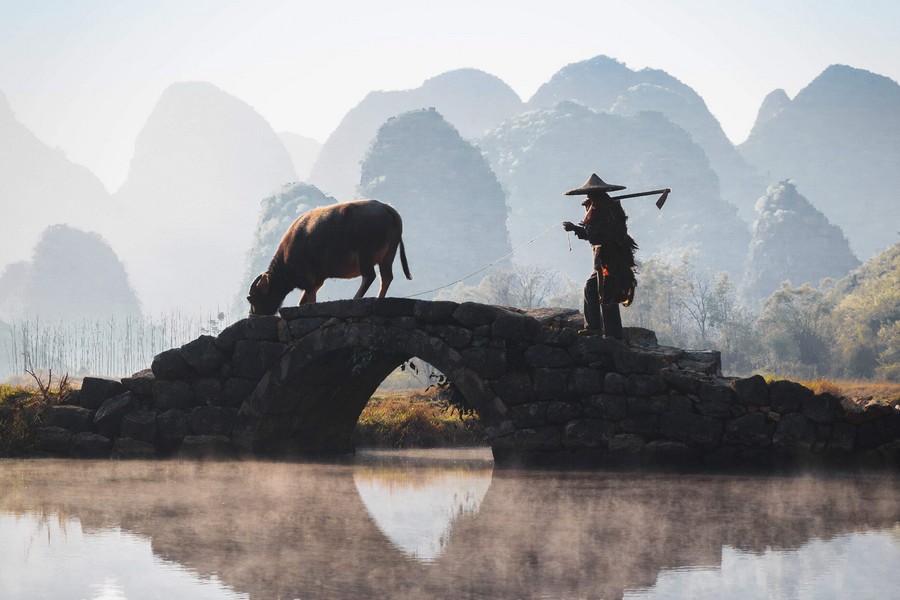
The scale alone is breathtaking. Through a decade of park designations and boundary refinements, Cambodia has consolidated a mega-protected area that links Southern Cardamom National Park with the Central Cardamom Mountains National Park and neighboring sanctuaries. Together, these areas now form nearly a million hectares of permanent refuge—an emerald continent within a country—ensuring that wildlife can move, breed and thrive across intact landscapes rather than isolated pockets.
A Biodiversity Powerhouse
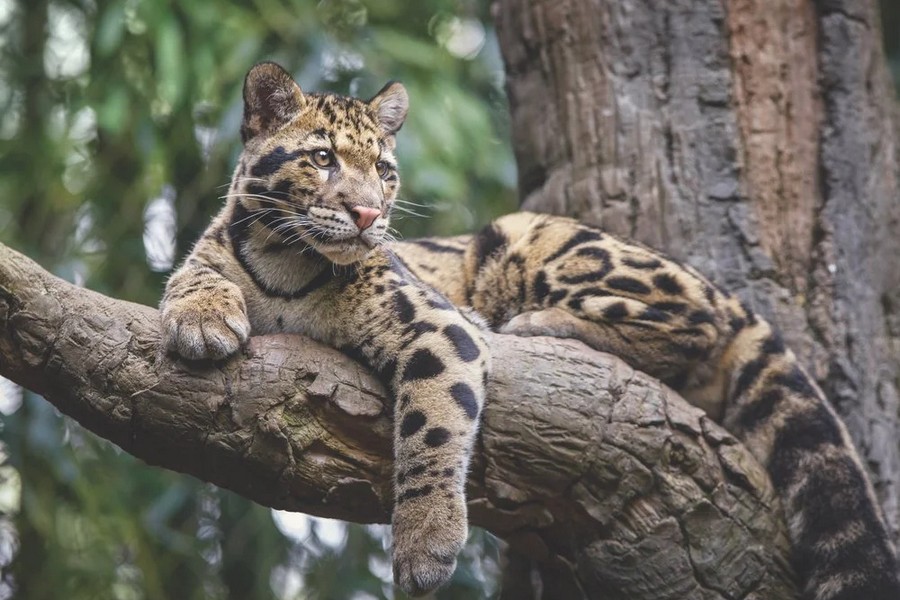
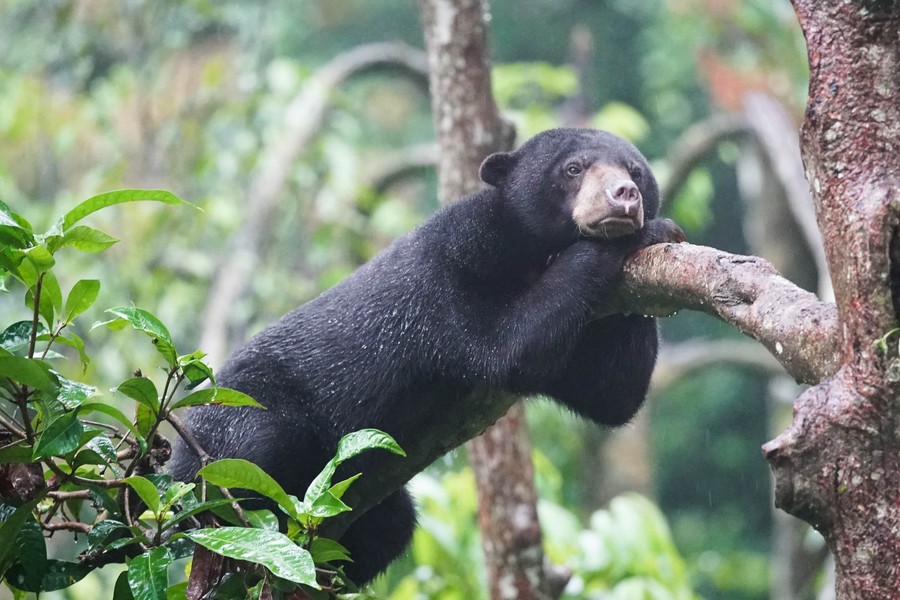
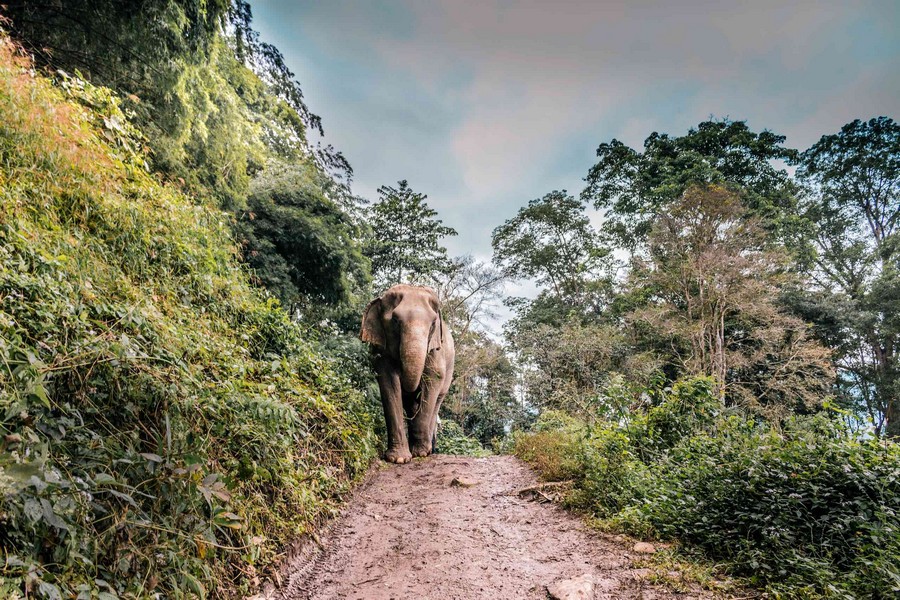
Ask conservationists what sets the Cardamoms apart and they’ll start with the guest list. This is a stronghold for more than 60 globally threatened animals and 17 threatened tree species. Herds of wild Asian elephants range through unbroken forest corridors, one of the last viable elephant passageways left in the region. Clouded leopards hunt the understory; Malayan sun bears comb for fruit and insects; dholes, civets and elusive small cats leave their signatures on jungle trails that locals know by heart.
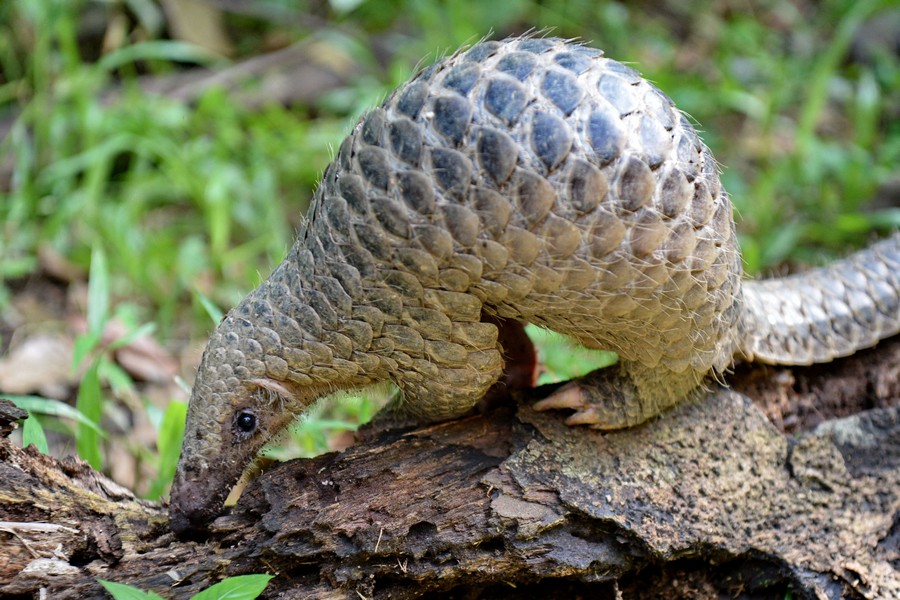
Above, the forest canopy belongs to primates—the haunting songs of pileated gibbons can unspool at dawn like something from another century—while the forest floor hides pangolins, perhaps the most trafficked but least-seen mammals on earth. The Cardamoms also carry one of conservation’s great mysteries: the khiting vor, a “ghost” bovine discussed in whispers, believed to exist but never conclusively photographed in the wild. Here, myth and science share a border.
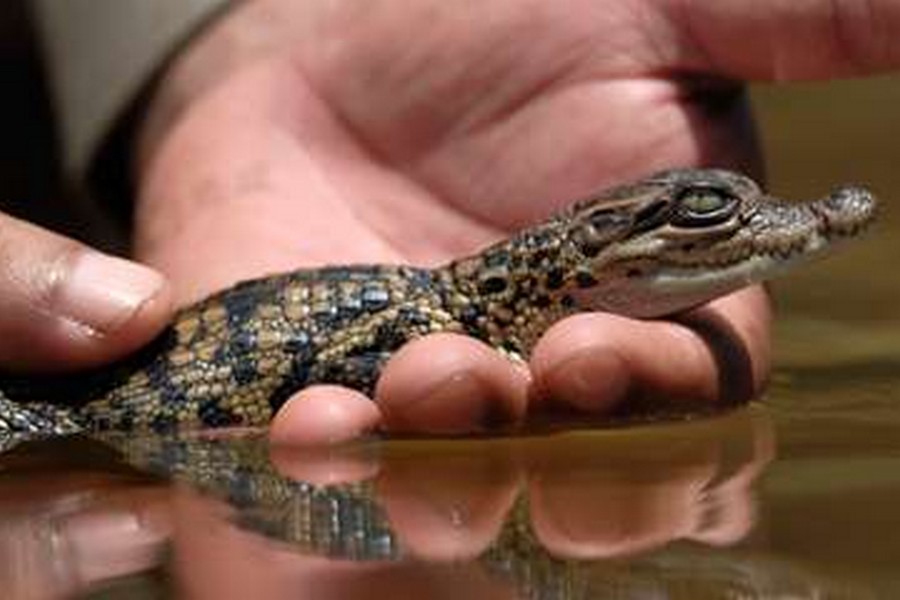
The rivers deepen the drama. Irrawaddy dolphins still surface in quiet reaches, and the Siamese crocodile—once considered extinct in the wild—has its only known breeding population within the Cardamom watershed. It is this rare overlap of intact forest, healthy rivers and protected coasts that makes the range so irreplaceable: a cradle of biodiversity where ecosystems knit together the way they should.
A Conservation Model—Hard-Won and Ongoing
The Cardamoms’ present-day calm belies a complicated past. Decades of conflict and waves of illegal logging, wildlife poaching and land grabs left scars. The turnaround came through a blend of political will, smart park design and relentless, on-the-ground enforcement. Government rangers, military police and community patrols now work in concert to deter illegal activity, while NGOs and eco-tourism operators provide viable livelihoods that tether protection to everyday prosperity.
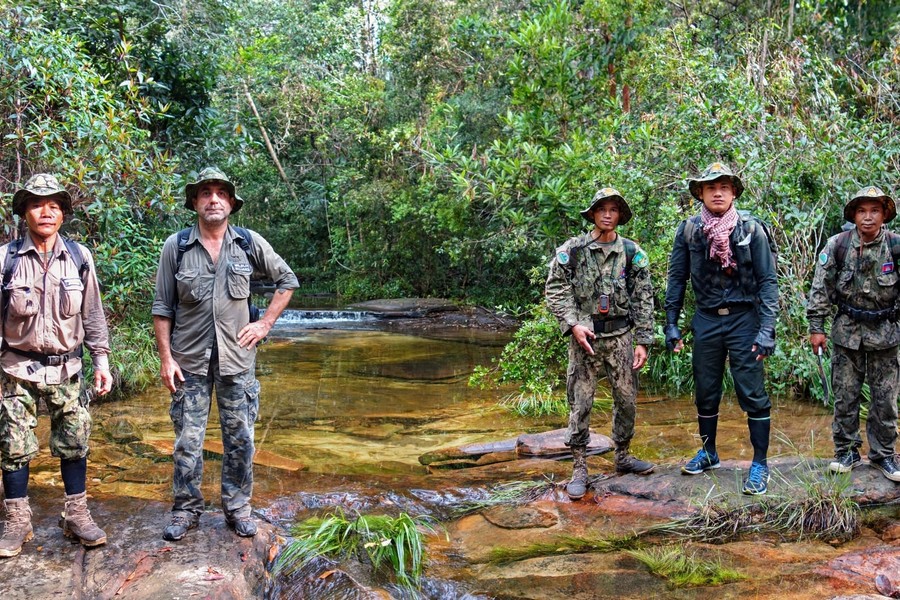
The establishment of Southern Cardamom National Park in 2016 was a pivotal moment, completing a protective puzzle that finally linked river basins, mountain ridges and lowland forests into a single, defensible whole. Today, the Cardamoms stand as proof that large landscapes can still be saved—if policy, community and patient investment row in the same direction.
How to Go—And Why the Journey Matters
Reaching the park is part of the adventure. From Bangkok, fly to Trat, Phnom Penh, or Sihanoukville; from there, continue by private car/van and, for river-based lodges, a short boat into the forest. Depending on the route, border formalities, road conditions, and your final pier (Chiphat, Tatai, or Trapeang Rung), total door-to-door travel time runs about 6–10 hours.
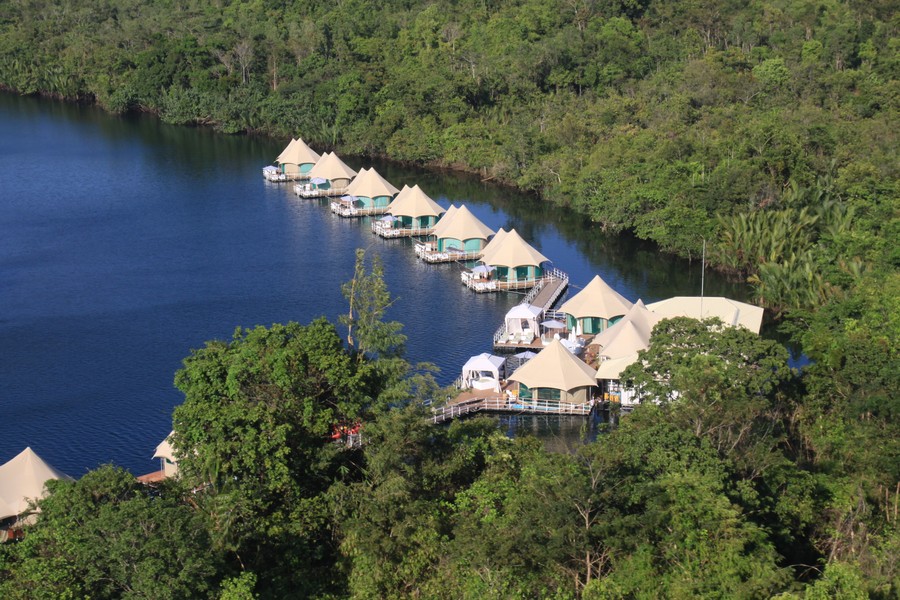
From Koh Kong’s side, boutique eco-camps operate with a light footprint—solar power, low-impact design, river-only access—offering just enough comfort to frame what you came for: immersion. Expect mornings punctuated by gibbon song, afternoons threaded with kayak strokes along palm-shadowed waterways, and nights stitched by a sky so black the Milky Way looks newly minted.
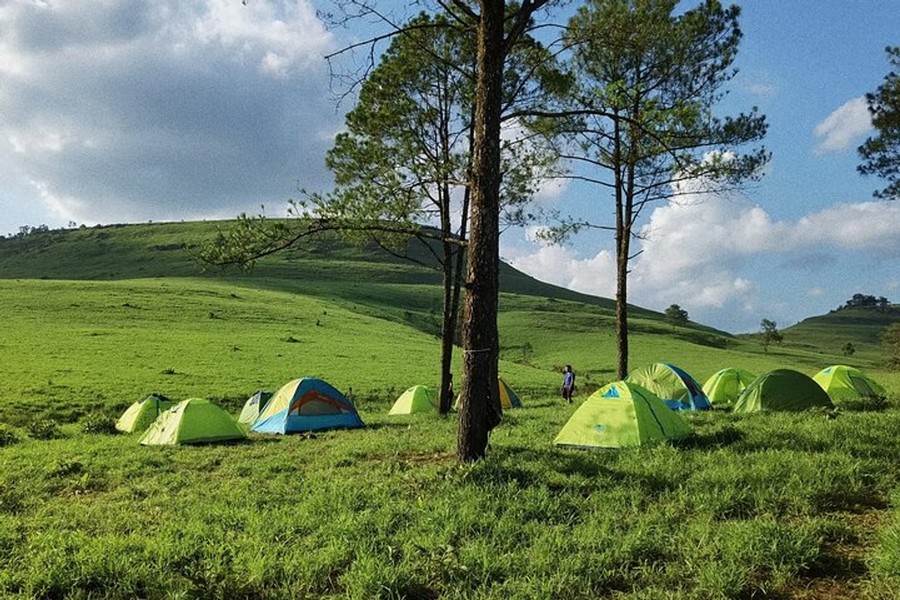
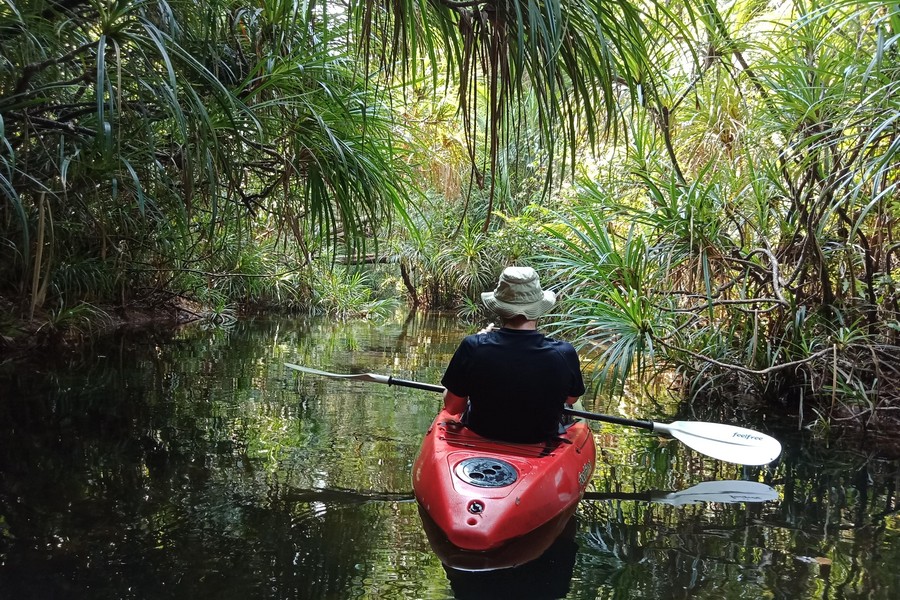
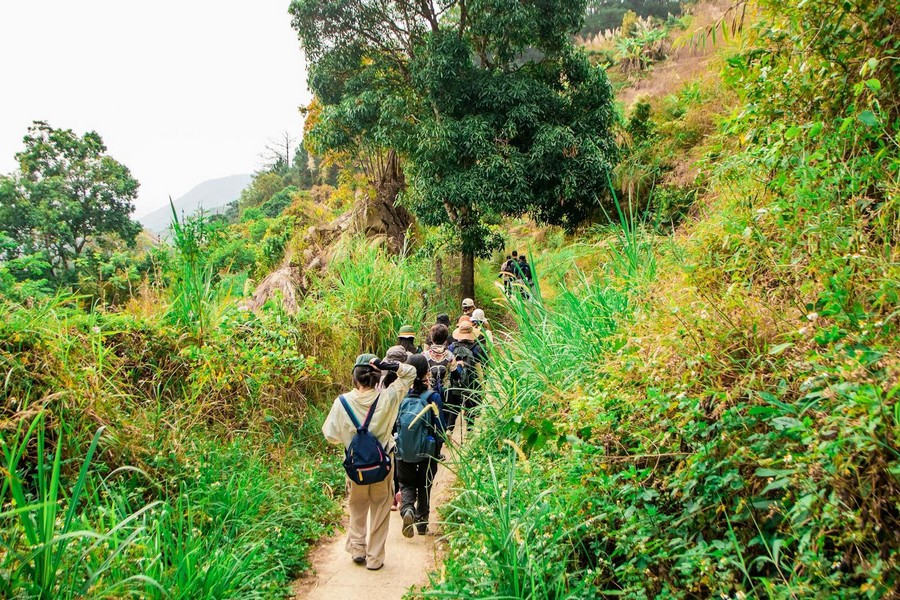
Trekking is the headline act, ranging from gentle half-day walks to multi-day expeditions that crawl into the park’s deep green interior. With local guides, you’ll read the forest as a living text—fresh prints at a salt lick, a sudden hush that signals movement, an explosion of butterflies in a shaft of light. Waterfall hikes reward with chill pools and picnic perches; rivers invite Tenkara fly-fishing and slow, exploratory paddles; zip lines—where available—offer a canopy-level perspective on just how dense and layered this forest really is.
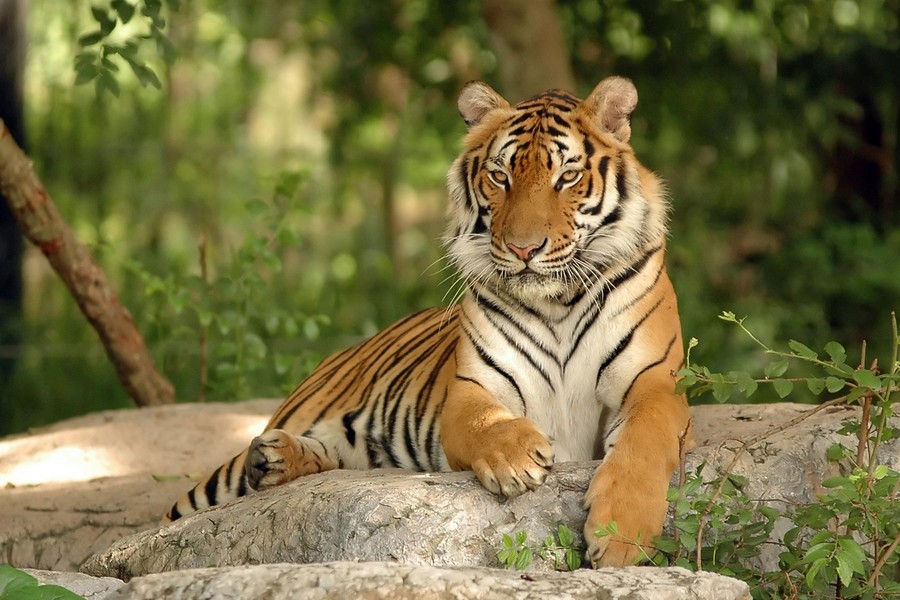
Why Cardamom National Park Belongs on Your Southeast Asia Itinerary
Wildlife viewing here is a practice in patience and presence. The Cardamoms are not a safari park with scheduled arrivals; sightings are earned. Yet even when a rare cat remains a rumor, the signs of life—tracks, calls, fruiting trees visited by hornbills—remind you that you are moving through a fully functioning ecosystem, not a museum piece.
When to Visit
Timing shapes your experience. From November to April, the dry season delivers the most accessible conditions: navigable roads, clearer trails, calmer rivers and the cooler mornings that make early treks irresistible. December and January, in particular, are sweet-spot months—green enough to feel lush, dry enough to go far.

From May to October, the rains reclaim the narrative. Trails grow muddy, storms roll in with theatrical speed, waterfalls roar and the forest flushes every shade of emerald. For photographers and nature die-hards, this is a spectacular time; for those craving ease and range, the dry season wins. Either way, the Cardamoms never feel the same twice.
Luxury, Reframed
In an era when “luxury” is often conflated with marble and thread count, the Cardamoms argue for a different definition: space, silence and time. The luxury here is an older one—the hush before dawn, the arc of a hornbill across the canopy, the knowledge that what you’re seeing still exists at scale. Eco-lodges set the right tone: thoughtful design, locally guided experiences, and kitchen teams that celebrate the region’s produce without drowning it in cliché. Think fresh river fish, rainforest greens, tropical fruit that tastes like sunshine.
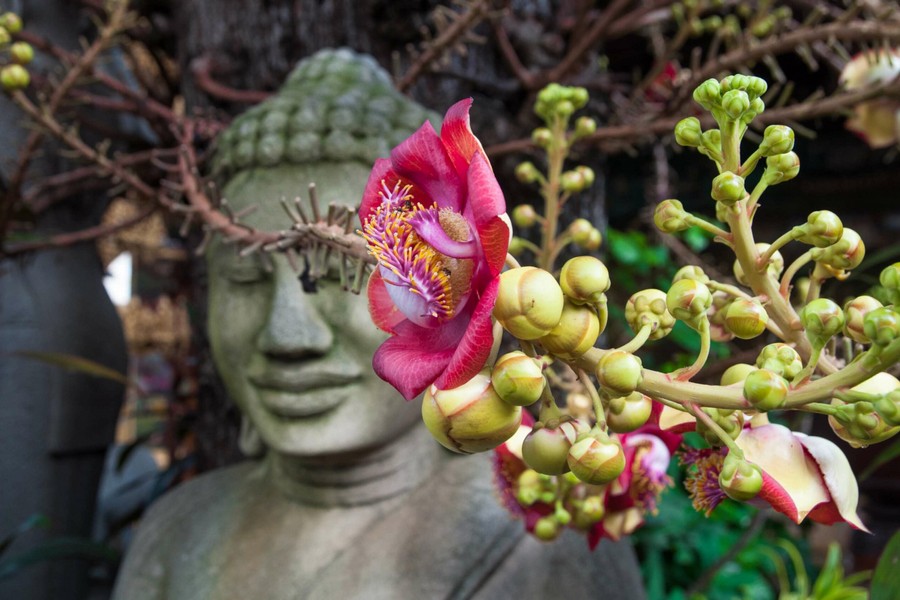
This is also where meaningful travel finds its stride. Your bed night funds ranger salaries; your guided trek supports community livelihoods; your presence, managed well, adds weight to the argument for preservation. The best operators will invite you behind the curtain—to meet patrol teams, visit reforestation sites, and understand how data drives protection—so the trip becomes not just transformative for you, but tangibly useful for the forest.
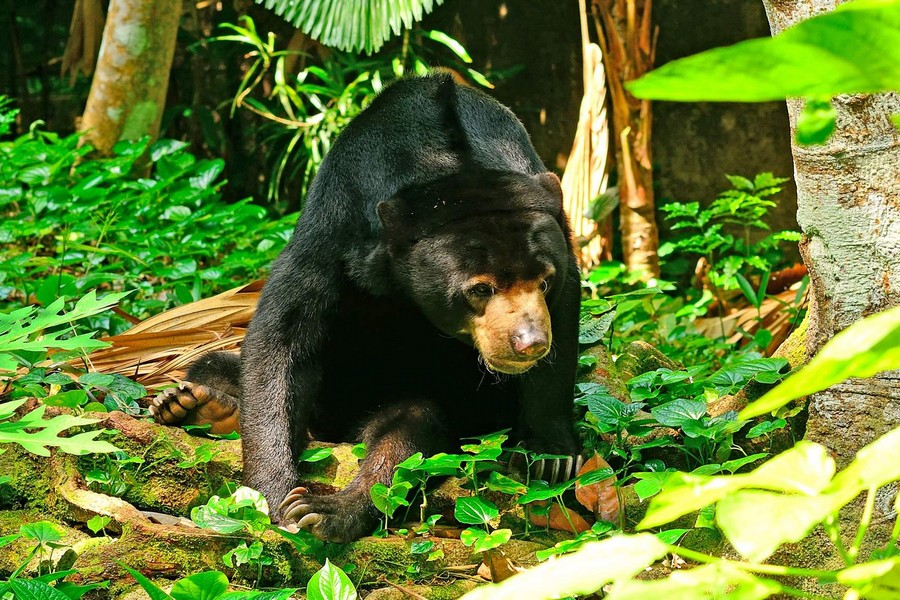
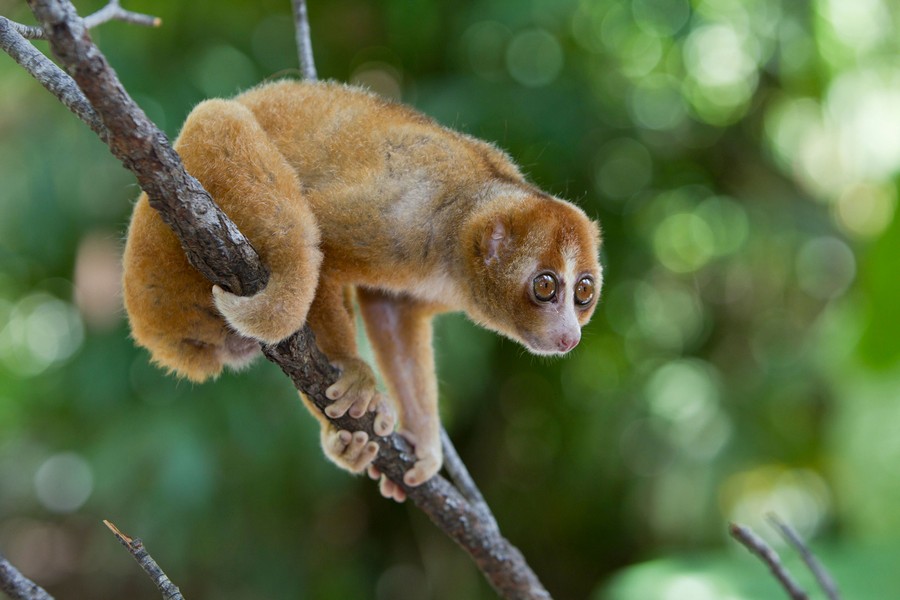
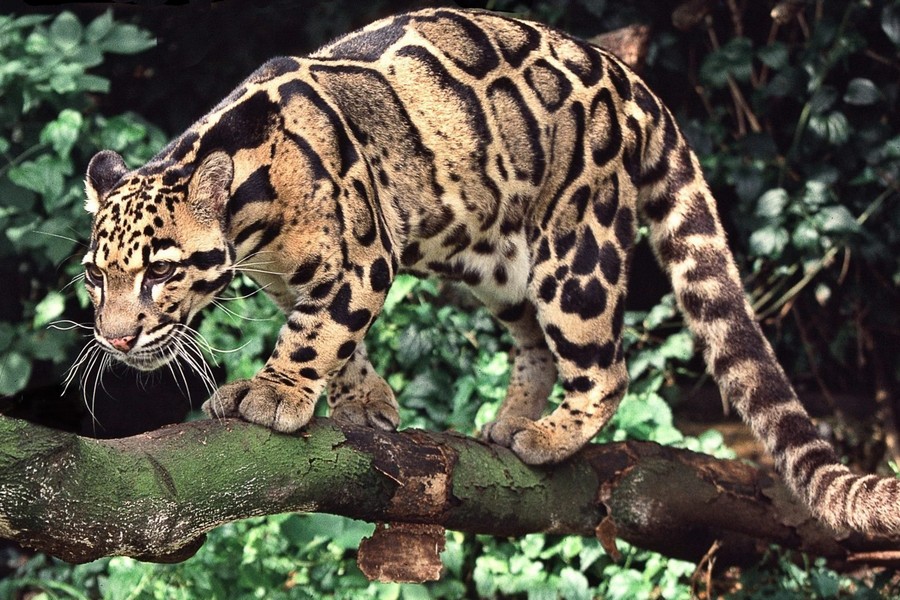
Why It Matters Now
The Cardamoms are more than a beautiful place. They are Cambodia’s living bank account of water, carbon and biodiversity—a natural infrastructure that underwrites the country’s resilience in a changing climate. Protecting the range keeps rivers flowing, soils anchored and coastal mangroves healthy, with benefits that ripple from upland villages to faraway markets.
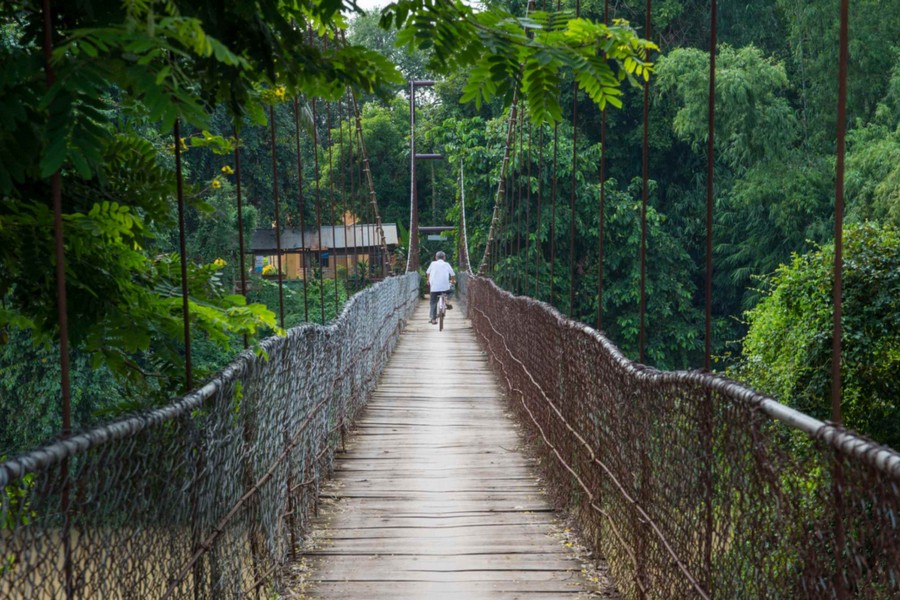
For travelers, that makes the Cardamoms a privilege and a responsibility. Come with curiosity. Choose partners with serious conservation credentials. Leave the forest better than you found it—financially, certainly, but also by sharing the story of what’s possible when a nation chooses protection at scale.
In the end, Cardamom National Park is a gift: a green heartbeat you can feel in your chest, a reminder that the world still holds places where wildness is not a memory but a daily fact. Go for the waterfalls and gibbons; stay for the perspective. You’ll come away with photographs, yes—but more importantly, with the quiet conviction that some things are worth keeping whole.


